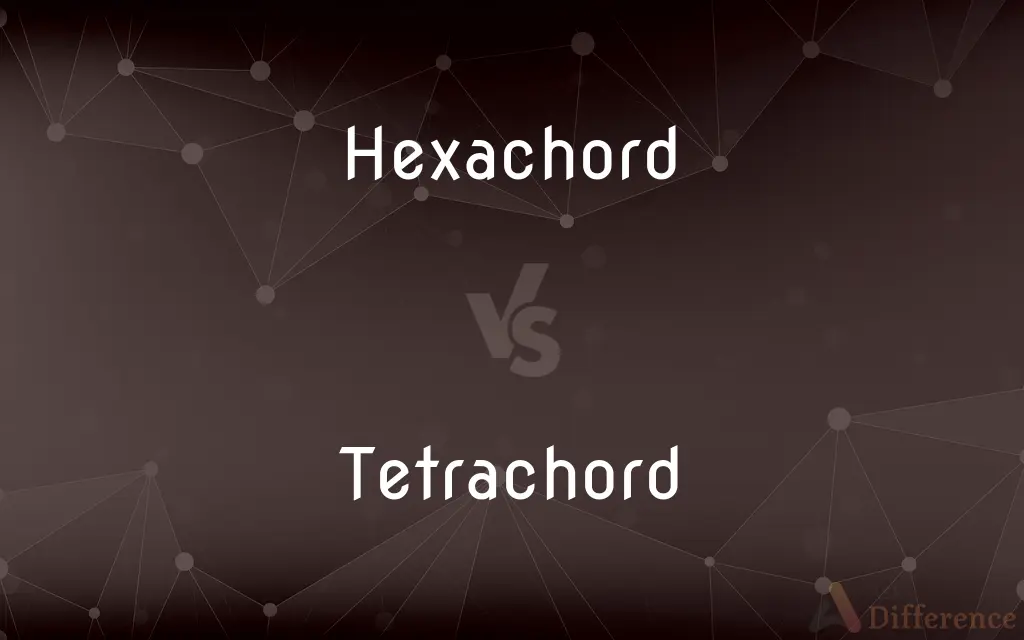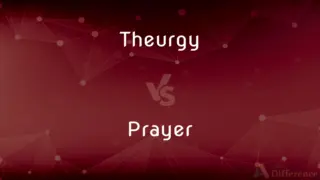Hexachord vs. Tetrachord — What's the Difference?

Difference Between Hexachord and Tetrachord
ADVERTISEMENT
Compare with Definitions
Hexachord
In music, a hexachord (also hexachordon) is a six-note series, as exhibited in a scale (hexatonic or hexad) or tone row. The term was adopted in this sense during the Middle Ages and adapted in the 20th century in Milton Babbitt's serial theory.
Tetrachord
In music theory, a tetrachord (Greek: τετράχορδoν; Latin: tetrachordum) is a series of four notes separated by three intervals. In traditional music theory, a tetrachord always spanned the interval of a perfect fourth, a 4:3 frequency proportion (approx.
Hexachord
A sequence of six tones with a semitone in the middle, the others being whole tones, that was used in medieval music.
Tetrachord
A series of four diatonic tones encompassing the interval of a perfect fourth.
Hexachord
(music) A series of six tones denoted with the syllables ut-re-mi-fa-sol-la separated by seconds, the only of which that is a minor second being mi-fa.
ADVERTISEMENT
Tetrachord
(music) Any set of four different pitch classes.
Hexachord
A series of six notes, with a semitone between the third and fourth, the other intervals being whole tones.
Tetrachord
(music) A series of four sounds, forming a scale of two-and-a-half tones.
Tetrachord
A scale series of four sounds, of which the extremes, or first and last, constituted a fourth. These extremes were immutable; the two middle sounds were changeable.
Share Your Discovery

Previous Comparison
Discord vs. Quarrel
Next Comparison
Theurgy vs. Prayer














































